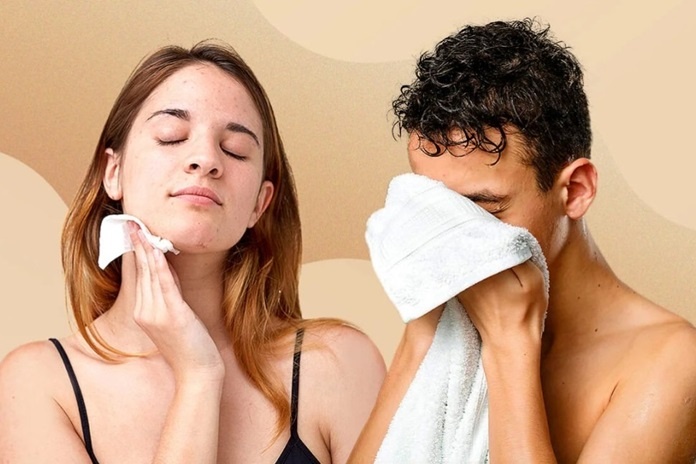Struggling with managing oily skin can be quite challenging, but with the right nighttime skincare routine, you can wake up with a more balanced and clearer complexion. In this complete guide, We’ll walk you through an effective evening regimen specifically tailored to address the unique needs of oily skin.
What Causes Oily Skin?
Understanding the underlying causes of oily skin is crucial before establishing your daily skincare routine. Several factors can contribute to excessive sebum production, including genetic predisposition, hormonal influences, dietary habits, environmental factors, stress levels, and skincare practices.
It’s important to note that your genetic makeup plays a significant role in determining your skin type, with some individuals being predisposed to oilier skin. Hormones, especially testosterone, can directly impact the sebaceous glands, leading to an increase in oil production.
Additionally, certain dietary choices, such as consuming high-glycemic foods and dairy products, may exacerbate oily skin for some individuals. Environmental factors, such as hot and humid climates, can also prompt the skin to produce more oil. Likewise, heightened stress levels can disturb hormone balance, subsequently contributing to oilier skin.
Furthermore, excessive cleansing or the use of harsh skincare products can inadvertently strip the skin, prompting it to overcompensate by producing more oil. Understanding these multifaceted factors is essential for making well-informed decisions about your skincare routine and lifestyle to effectively address oily skin concerns.
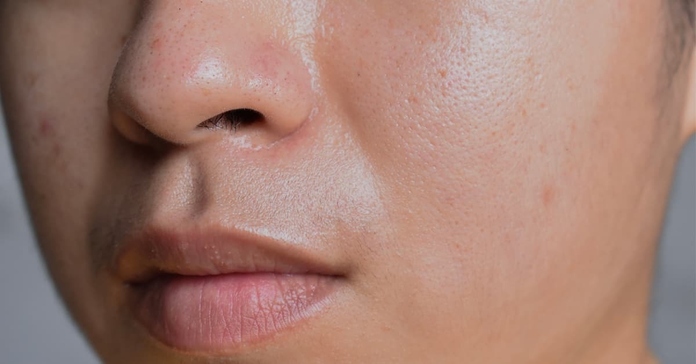
A Step-By-Step Night Skincare Routine For Oily Skin
Your nighttime routine is crucial for managing oily skin. While you sleep, your skin goes into repair mode, making it the perfect time to apply treatments and nourishing products.
Step 1: Cleanser
The foundation of any skincare routine is proper cleansing. For oily skin, it’s essential to remove excess oil, dirt, and makeup without stripping the skin.
- Choose a gentle, foaming cleanser with ingredients like salicylic acid or benzoyl peroxide.
- Consider double cleansing: start with an oil-based cleanser to remove makeup and sunscreen, followed by a water-based cleanser to remove remaining impurities.
- Use lukewarm water, as hot water can stimulate oil production.
- Massage the cleanser into your skin for about 60 seconds to ensure thorough cleansing.
Step 2: Toner
Toning is an often overlooked step that can make a significant difference for oily skin.
- Look for alcohol-free toners containing ingredients like witch hazel, niacinamide, or glycolic acid.
- These ingredients help balance pH, remove any remaining impurities, and provide a light layer of hydration.
- Apply toner with a cotton pad or your clean hands, gently patting it into the skin.
Step 3: Exfoliator
Exfoliation is crucial for oily skin to prevent clogged pores and remove dead skin cells.
- Chemical exfoliants like salicylic acid (BHA) or glycolic acid (AHA) should be used rather than harsh physical scrubs.
- Start with exfoliating 2-3 times a week and adjust based on your skin’s response.
- Apply the exfoliant after toning and before any other treatments.
Step 4: Serum
Serums deliver concentrated active ingredients to address specific skin concerns.
- For oily skin, look for serums containing niacinamide, vitamin C, or hyaluronic acid.
- These ingredients can help control oil production, brighten the skin, and provide lightweight hydration.
- Apply a small amount of serum, gently patting it into the skin.
Step 5: Moisturiser
Contrary to popular belief, oily skin needs moisturizer to maintain balance and prevent dehydration.
- Choose a lightweight, oil-free, non-comedogenic moisturizer.
- Look for ingredients like hyaluronic acid, glycerin, or squalane.
- Apply a small amount, focusing on areas that tend to get dry.
Step 6: Eye Cream
The eye area has fewer oil glands and needs special attention.
- Use a lightweight eye cream to hydrate and protect this delicate area.
- Look for ingredients like caffeine to reduce puffiness or retinol for fine lines.
- Gently pat the eye cream around the orbital bone using your ring finger.
Step 7: Night Cream
The final step in your routine can be a targeted treatment or night cream.
- Consider using a retinoid product to help regulate oil production and improve skin texture.
- Alternatively, use a clay mask or spot treatment on particularly oily areas.
- If using a night cream, choose one that’s lightweight and non-comedogenic.
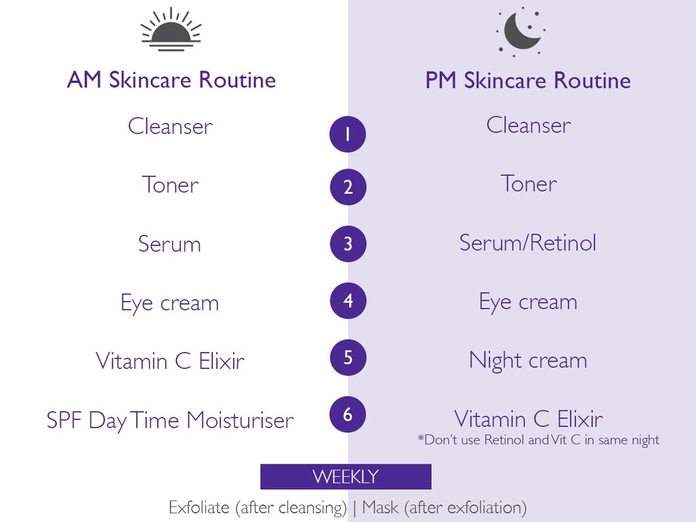
Benefits Of A Night Routine
Consistently following a nighttime skincare routine offers numerous benefits:
1. Enhanced skin repair and regeneration
2. Improved absorption of active ingredients
3. Balanced oil production
4. Reduced appearance of pores
5. Prevention of premature aging
6. Clearer, more even skin tone
7. Improved hydration levels
8. Reduced frequency and severity of breakouts
9. Smoother skin texture
10. Boosted confidence from healthier-looking skin
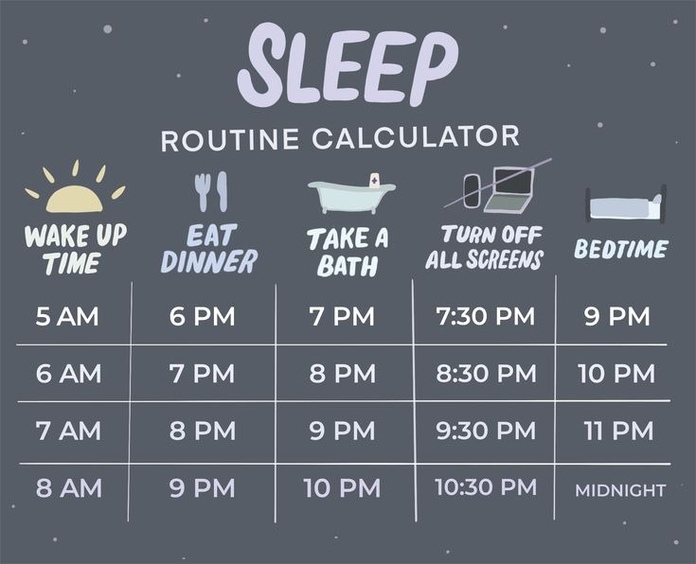
Customizing Your Nighttime Skincare Routine For Oily Skin
While the routine outlined above is a great starting point, it’s important to customize it to your specific needs. Here are some tips:
- Pay attention to your skin’s response: If a product causes irritation or increased oiliness, discontinue use.
- Adjust based on seasons: You may need a lighter routine in summer and a more hydrating one in winter.
- Consider your age: As you get older, you may need to incorporate more anti-aging products.
- Address specific concerns: If you have acne-prone skin, for example, you might add targeted spot treatments.
- Be patient: It can take 4-6 weeks to see results from a new skincare routine.
Remember, skincare is not one-size-fits-all. What works for someone else may not work for you, so don’t be afraid to experiment and find what’s best for your skin.
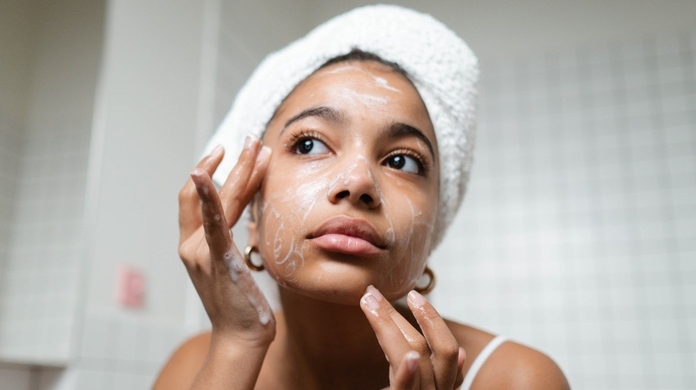
Best Night Skin Care Products For Oily Skin
When choosing products for oily skin, look for these key ingredients:
– Salicylic acid
– Niacinamide
– Hyaluronic acid
– Retinol
– Glycolic acid
– Tea tree oil
– Clay (in masks)
– Zinc
Always patch test new products and introduce them one at a time to monitor how your skin reacts.
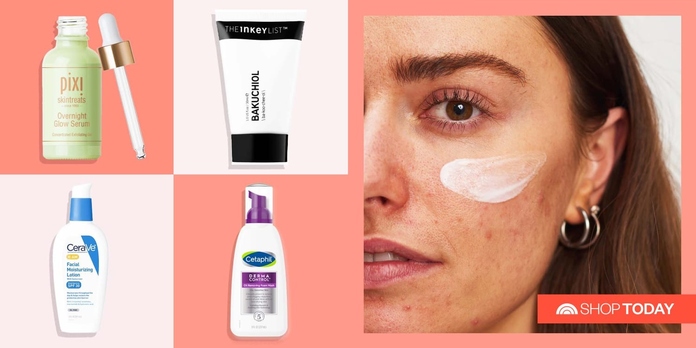
Skincare Tips For Oily Skin
1. Don’t skip moisturizer: Properly hydrated skin is less likely to overproduce oil.
2. Use sunscreen daily: Sun damage can lead to increased oil production. Choose a lightweight, oil-free formula.
3. Be gentle: Harsh treatments can strip the skin, leading to more oil production.
4. Stay hydrated: Drinking plenty of water helps maintain skin balance from the inside out.
5. Change your pillowcase regularly: This prevents the buildup of oil and bacteria.
6. Manage stress: High stress levels can increase oil production. Practice stress-reduction techniques like meditation or yoga.
7. Watch your diet: While the link between diet and skin health is complex, many people find that reducing sugar and dairy intake helps manage oily skin.
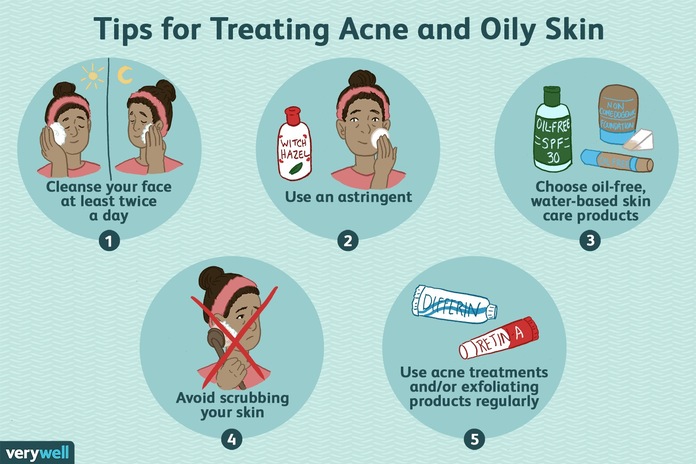
Conclusion
Managing oily skin requires consistency, patience, and the right products. This nighttime skincare routine provides a solid foundation for controlling excess oil, preventing breakouts, and achieving a clearer, more balanced complexion. Remember that everyone’s skin is unique, so it may take some time to find the perfect combination of products and techniques for your skin.
Don’t be discouraged if you don’t see immediate results. Skincare is a journey, and with persistence, you’ll find what works best for you. If you’re struggling to manage your oily skin or experiencing severe acne, don’t hesitate to consult a dermatologist for professional advice.
Embrace your skin type and focus on overall skin health rather than trying to eliminate oil. With the right care, oily skin can be healthy, clear, and glowing.
FAQ
How frequently should I alter my skincare routine?
While consistency is important, you might need to modify your routine based on seasonal changes or your skin’s evolving needs. Pay attention to your skin’s response and adapt your routine accordingly.
Can I apply the same products in the morning and at night?
Yes, products can be used both in the morning and at night, but others, such as retinoids, are best reserved for evening use. Your morning routine should prioritize protection, such as sunscreen, while your nighttime routine can focus more on repair and treatment.
Is it vital to go through all these steps every night?
Not necessarily. The fundamental steps of cleansing, toning, and moisturizing should be performed nightly, but treatments like exfoliation or masks can be less frequent.
Can oily skin become dehydrated?
Indeed, oily skin can experience dehydration. Dehydrated skin lacks water, while oily skin has excess oil. It’s possible to have both oily and dehydrated skin simultaneously.
How long does it usually take to observe changes from a new skincare routine?
Typically, it takes 4-6 weeks to notice significant changes from a new skincare routine. Remain patient and consistent.
Can I use natural oils on my oily skin?
Certain lightweight oils, like jojoba or squalane, can actually assist in regulating oil production. However, it’s best to introduce them cautiously and observe how your skin reacts.
Should I steer clear of makeup if I have oily skin?
There’s no need to avoid makeup but opt for oil-free, non-comedogenic products. Always ensure thorough makeup removal before going to bed.
Also, read more about the Effect of the Addition of Chin Strap on PAP Compliance, Nightly Duration of Use, and Other Factors.
